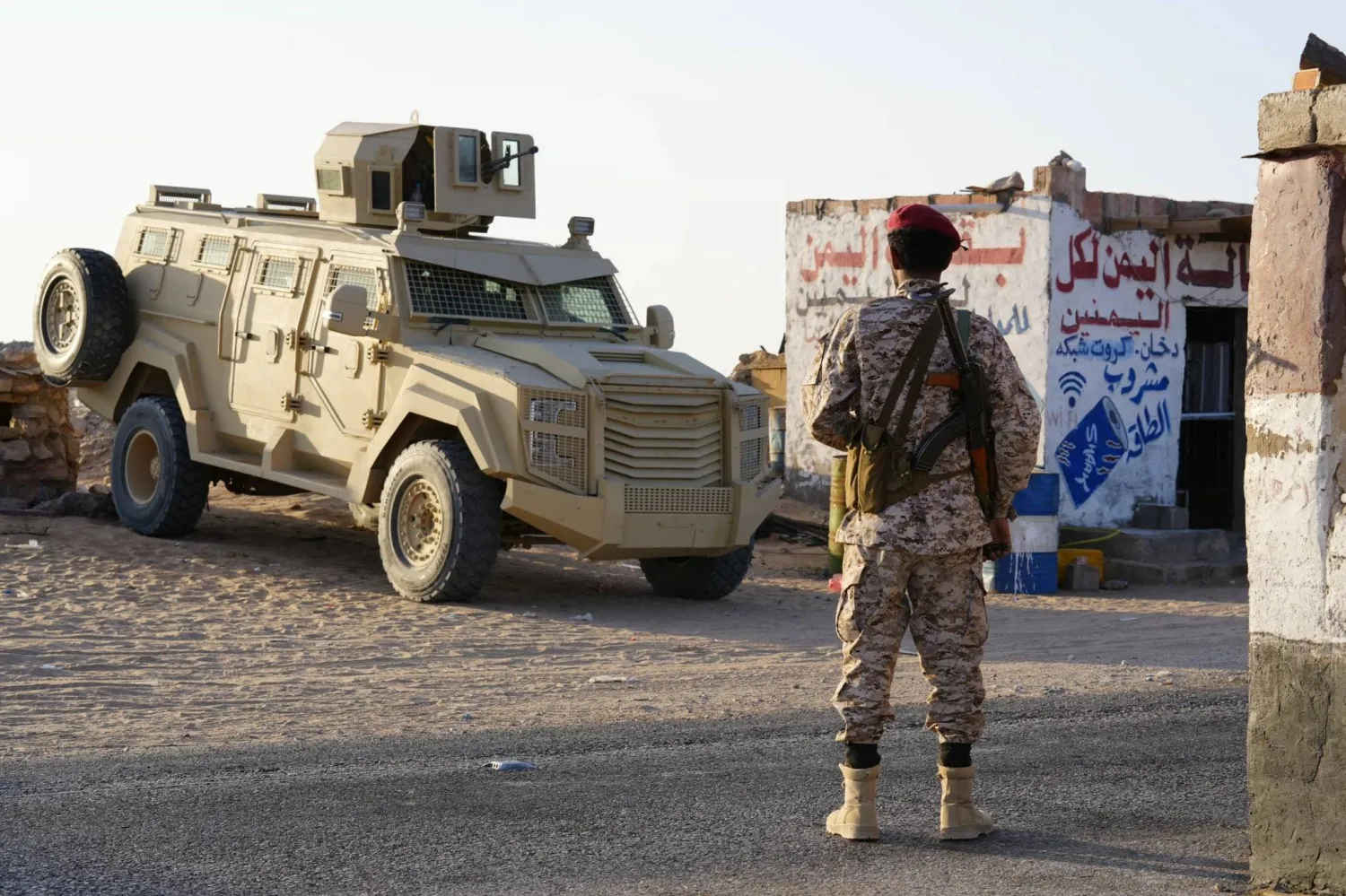Military sources from the Syrian Democratic Forces (SDF) confirmed Thursday that the Turkish army and Syrian factions had set up a military base in the village of Sayda, north of Ain Issa.
The Kurdish news agency, Hawar, published recorded videos showing the expansion of the military site, hundreds of meters from the M4 international highway.
According to residents, the Turkish forces have reinforced their military positions along the conflict lines in the vicinity of Ain Issa in Raqqa and Tal Tamar, Zarkan and Abu Rassin in their military operational areas, northeast of Syria.
They also said that the Turkish forces equipped those positions with radars and tracking devices, in addition to the presence of hundreds of soldiers, vehicles and heavy weapons.
This comes amid escalation of attacks by Turkish forces and their proxies on Ain Issa town and countryside.
On Thursday, hundreds of residents in Ain Issa gathered in front of the Russian forces base in the vicinity of al-Sawameh area, denouncing the attacks launched by Turkish forces.
The Syrian Observatory for Human Rights reported the injury of three civilians in rocket attacks by Turkish forces and their proxy factions in the area.
The residents urged the Russian forces not to remain silent over Turkish violations against them.
SOHR activists also reported rocket attacks by Turkish forces on Thursday afternoon, targeting the SDF-controlled village of Sayda in the northern countryside of Ain Issa in northern Raqqa.
Also, several Turkish rockets pounded the entrances of Ain Issa district, but no casualties have been reported.









